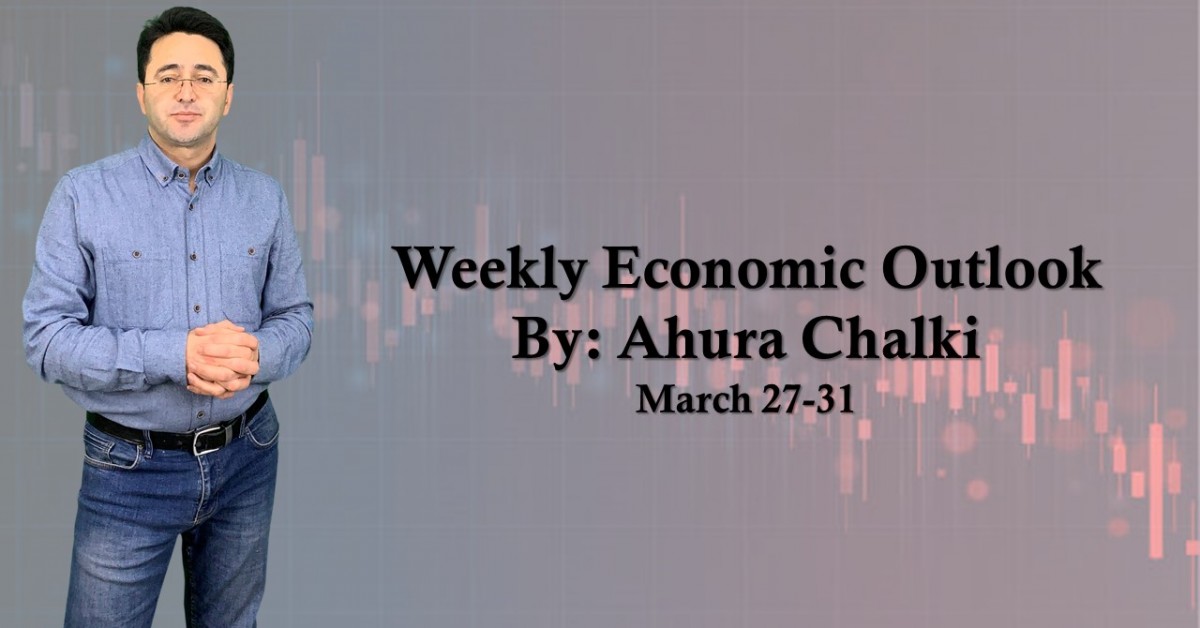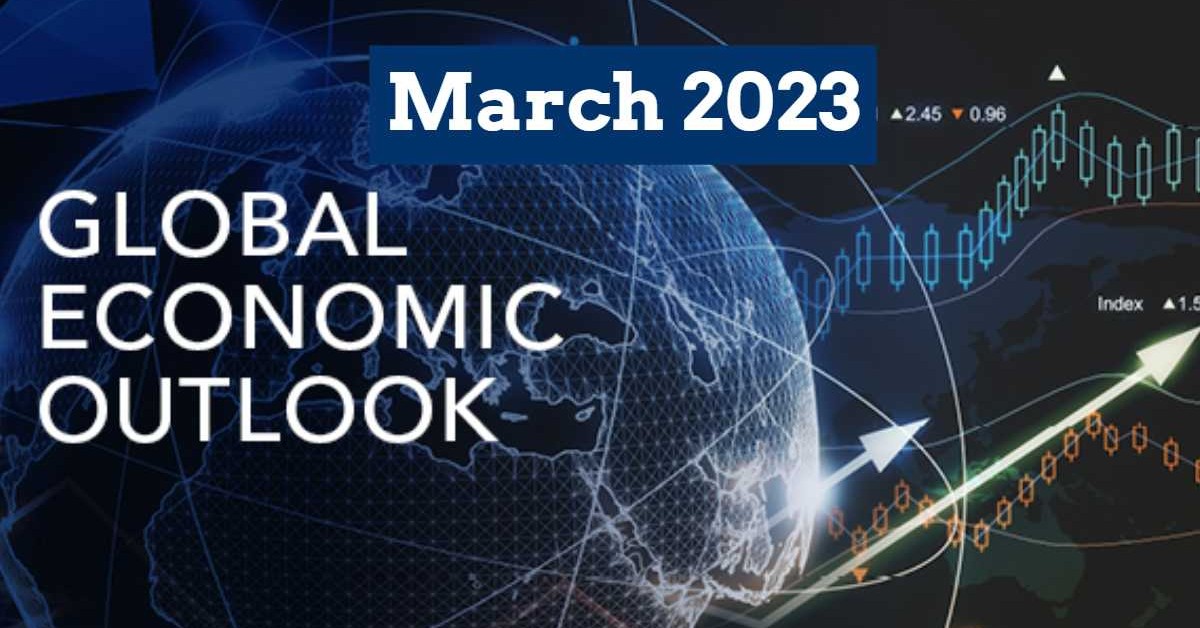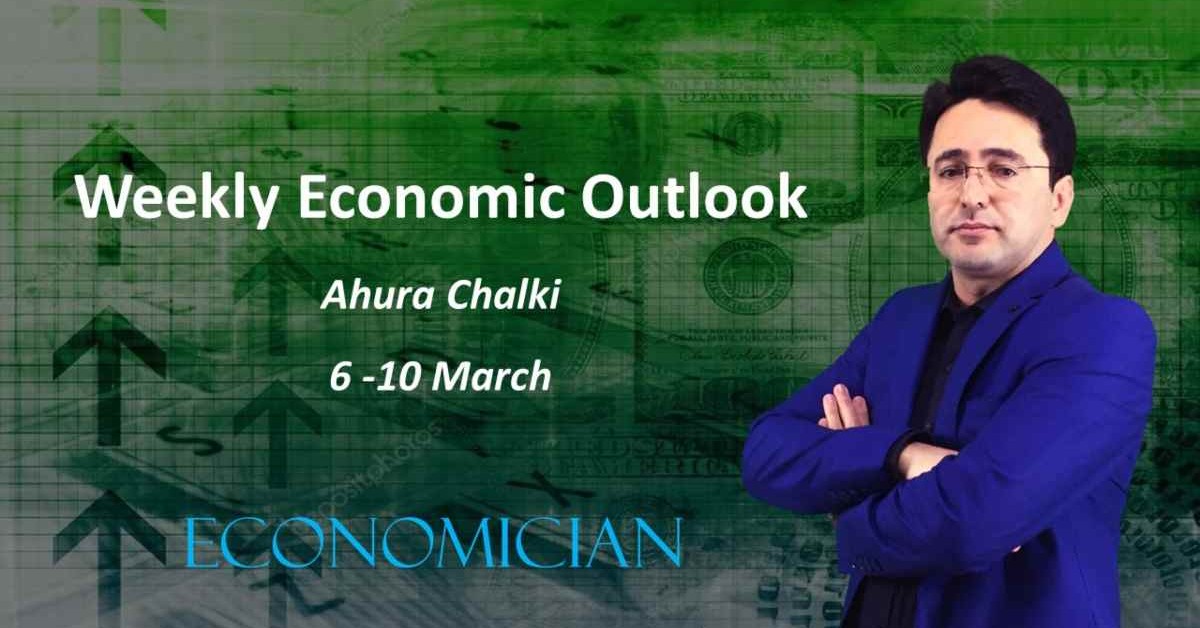The month that we should wait for the Fed meeting at the beginning of next month!
After the peak and decline in September, it sounds that financial markets in October also will be affected by the USD movements. Looking at the US dollar chart can give us an overall outlook on global economic conditions.
On the other hand, while geopolitical tensions are growing all around the globe with the Russia-Ukraine war and the ongoing revolution in Iran, inflation and central banks' policies are the main subjects of any economical meeting and event. October should be volatile with the US interest rate outlook, geopolitical tensions, and the latest US curbs on Chinese tech companies.
US Dollar
After 75 basis point rate raise by FED on September 21, the USD printed a new 20-year high to gain about 4.7% in the month, before closing a bit lower at 112.12. In the first days of October, after weaker US economic data, which could slow down Fed tightening policies, USD continued to lose. None-farm payrolls upbeat numbers with the unemployment rate falling to 3.5% and 263K newly created jobs increased the expectations for more rate hikes by Fed. Policymakers in the US central bank reiterated that their focus will be on lowering inflation. The next FOMC meeting will hold on November 2, and until that we do not have any prospects for reducing the dollar. Before the next Fed meeting, we have to watch the PPI and FOMC meeting minutes (12th), CPI (13th), Retail Sales and Trade data (14th), Housing data (19th & 20th & 26th), Durable Goods order and GDP (27th), PCE price and Personal income on October 28, closely.
Euro
Even a 75-basis point rate hike by ECB in September could not help the Euro. After the ECB meeting, Euro had a short-term gain against the USD to grow back above 1.20. However, eurozone challenges are not that easy to resolve. While ECB will meet on October 27, and it is expected to have more hawkish measures to control inflation, since the economic condition is getting worse, it would not help the euro growth much, especially against the US dollar. With getting close to the winter, European energy woes escalate, as explosions in Nordstream 1 pipeline into the Baltic Sea have almost destroyed hopes for the resumption of Russian gas exports in the short term. On the other hand, with increasing US bond yields, while USD safe-haven demand also increasing, Euro would not be that much attractive for investors, especially now, when the outlook for the euro as we head into winter is highly uncertain. While recently published economic data from the Eurozone were disappointing enough, these are some other economic data that we have to watch closely beside the ECB meeting on 27th October, including EU trade numbers and Eurogroup Meetings (14th), ZEW Economic Sentiment and condition (18th), CPI (19th), Manufacturing PMI (24th), and European GDP and CPI numbers on October 28.
Sterling
The market reacted negatively to Mrs. Truss's economic plans in September. UK government unveiled a mini-budget that includes tax cuts and other subsidies to counteract the sharp rising costs of home bills. However, the main question for investors was the source of this budget, which is not clear yet. Concerns about the effect on demand and inflation, while it will also mean that government will need to take on significant debt, had a strong negative effect on the market as well as the Sterling downtrend and UK stock markets fall. At the same time, with increasing market risks, US dollar safe-haven demand also increased after that. These concerns were so great that the market ignored reducing inflation to 9.9% in August from 10.1% and the 50-basis point rate hike by BoE.
The immaturity of this program was such that even IMF made a rare statement about the wisdom of such a loosening of fiscal policy given the current economic situation. This statement of the IMF caused massive volatility in financial markets. After various criticisms of this plan, new PM Liz Truss and Kwarteng consulted with the Budget of Office Responsibility. They withdrew from some parts of their plan, which was somehow welcomed by market participants. After all, still we cannot be optimistic about the UK economy and the Sterling in October. On the economic data front, for Sterling, we have many data to watch, including Labor market data (11th), GDP and Trade numbers (12th), CPI & PPI (19th), and Retail Sales on 21 October.
Yen
Due to BoJ monetary policies, Yen was one of the weakest currencies in 2022, so far, with JPY suffering a 24-year low of 145.90 against the US dollar. This downtrend of the Yen raised concerns to the extent that the Ministry of Finance eventually intervened in the foreign exchange markets, which is for the first time since 1998. Japan spent 2.84tn yen to stem the yen’s continued plunge in value. The intervention was not much effective and USDJPY returned rapidly from 140.37. For October, we are not expecting any turn in BoJ's plans, therefore, the spread between the central bank's policies in Japan and other major economies still can hold pressure on Yen. Expectations for yen are 145 to 150 Japanese Yen against US dollars. On the economic data front, the calendar is not so heavy for the Yen, however, we have to watch Trade balance (11th), Industrial production (17th), Trade data (20th), Labor market data, and BoJ interest rate decisions on 28 October.
Gold
While in a general view, a gold safe haven must support it with more demand, a stronger dollar works against that. On the other hand, with increasing bond Yields, gold loses its attractiveness. Anyway, weakness in the stock markets and withdrawal of part of the funds can help the yellow metal have more demand. Depending on the currency you trade it with, it has a different chart, gold is falling against the USD, but it raises against the Japanese Yen and Euro. After all, the gold contract is priced in dollars, so as long as we have hawkish expectations from FED, I don’t think gold will be a buy, but we also have to think twice for sell. And this uncertainty is also another reason that holds back more investors. Therefore, the overall forecast is bearish for October, or better say until the next Fed meeting on November 2.
Oil
After 4 months of decline in a row and while global economic growth concerns reduce the prospects for demand, the OPEC+ meeting at the beginning of October had a surprise. OPEC+ includes 13 members of the Organization of the Petroleum Exporting Countries and 11 allies led by Russia decided to reduce the production by 3.5Mbd and supply by 2.0Mbd. This decision helped the West Texas Intermediate (WTI) oil price rally 22% from the September 28 low to the October 10 high above 92 US dollars. The decision made by OPEC+ pleased Russia and increased the disagreements between the US and Saudi Arabia, as they believe it means to support Russia against them, especially when it is so close to mid-term elections and may negatively impact Democrats. Anyhow, Oil prices generally depend on geopolitical tensions and supply-demand balance. With recent decisions made by OPEC+, it shows that they are not going to let the oil price move down too much. Also, increasing geopolitical tensions between Russia and Ukraine on one hand, and the popular uprising against the government in Iran, which is turning into a revolution, on the other hand, can increase uncertainty, which will raise the prices. For October, we have OPEC, IEA, and EIA monthly reports, while every Tuesday and Wednesday, we have to follow the API and EIA weekly inventory reports.
Wall Street
Economic data was not that worse to convince the Fed of less contractionary policies, therefore, with the more hawkish stance that can increase the interest rates, more pressure will be on the stock markets. This is what, in a few words we expect for October. For the Fed meeting in November, several pieces of data in this month were and will be important. First of all, the labor market, which NFP numbers on October 7 showed is strong enough to handle more hawkish policies. And now we are waiting for Inflation numbers on October 13. If as it is expected, it raises by 0.2% or even more, in September, we can be sure about another 75-basis point rate raise, but if it raises by 0.1% or even less, then doubts on hawkish levels will increase, which can help the stock prices. We have some other signs as well, like PCE price and personal income data and manufacturing and None-Manufacturing PMI numbers. Any news or economic data that causes a slowdown in the FED's hawkish tones, can support the stock markets and vice-versa. Since guessing can be accompanied by mistakes, I can say you should follow the news more than I or another analyst. However, as a personal expectation, I do not expect to start any uptrend before Fed next meeting, so my outlook for October is side movement with a downward tendency.


















